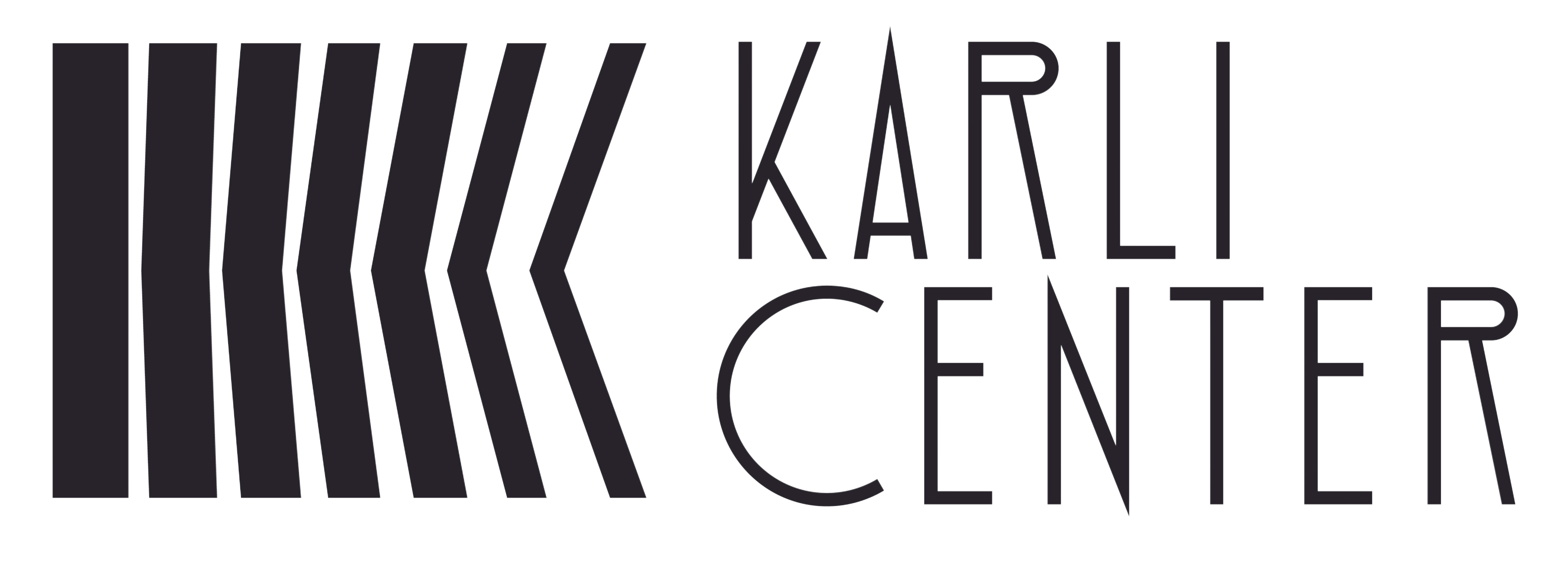WHAT IS Photobiomodulation?
Photobiomodulation (PBMT) is a form of light therapy that utilizes non-ionizing forms of light sources including LASERS, LEDs, and broadband light, in the visible and near infrared spectrum. PBM devices have been cleared for marketing by FDA through the Premarket Notification/510(k) process as adjunctive devices for the temporary relief of pain. These clearances were based on the presentation of clinical data to support such claims.
In this therapy, a light source is placed near or in contact with the skin, allowing the light energy (photons) to penetrate tissue where it interacts with chromophores (molecules that absorb particular wavelengths of light) located in cells resulting in changes that lead to alterations at the molecular, cellular and tissue levels of the body.
Light induces a complex chain of physiological reactions in diseased and damaged tissues to accelerate wound healing and tissue regeneration, increase circulation, reduce acute inflammation, reduce acute and chronic pain and help restore normal cellular function. Interestingly, recent research indicates that light can enhance performance in normal tissues and cells.
Applications:
Pain Relief
Before using PBMT treatment to treat acute or chronic pain, a provider must diagnose the condition to confirm that the pain is from a neuromusculoskeletal condition caused by aging or injury and that there is no disqualifying condition or contraindication for laser use. For example, if there are visible lesions on the skin, it must first be confirmed that they are not cancerous before the patient can undergo PBMT. Pregnant women also are not good candidates for PBMT since the effects on the fetus are unknown. The treatment parameters and number of sessions needed for PBMT are dependent upon location and cause. PBMT usually requires more than one treatment for optimal pain relief. It may take several treatments for the results to become evident. In most conditions, it can take anywhere from eight to 30 sessions for a treatment to be fully effective, and some patients find it necessary to undergo treatment two to four times per week. The total number of treatments needed depends on the condition being treated, the severity of the condition, and each patient’s individual response.
Targeting Inflammation
For inflammation, PBMT causes the smaller arteries and lymph vessels of the body to increase in size, which is called vasodilation. Vasodilation allows inflammation, swelling, and edema to be cleared away from injury sites more effectively. Vasodilation in lymph nodes promotes lymphatic drainage, which also aids in the healing process. Basic research has demonstrated that PBMT can decrease the pro-inflammatory cellular response factors and increase the anti-inflammatory response.
Sports Injuries
PBMT has been adopted as an essential pain management tool by athletic trainers in most major league sports franchises in the United States, as well as by many Olympic teams. Trainers claim that elite athletes make comebacks faster after being injured when PBMT is part of the treatment plan. Major league pitchers, for example, use lasers as part of a normal warm-up routine, and many athletes use them as part of rehabilitation. PBMT is also used to treat the weekend athlete with common sports injuries such as plantar fasciitis, hamstring pulls, and various sprains, strains and tissue tears.
Success rates/Potential complications
Treatment parameters for PBMT were originally established using cells in vitro and in small animal models. These treatment parameters generally had a low irradiance and fluence and worked well for shallow applications at or under the skin. Recent advances in laser therapy devices and more research into the appropriate dosages have dramatically improved the results of PBMT. For treating deep tissues, the wavelength of light used determines the depth of penetration into a tissue. In general, near-infrared light penetrates more deeply than shorter wavelengths of light such as red light. Therefore, it is important that a clinician uses the appropriate wavelength of light and parameters to treat a condition. One wavelength and one set of treatment parameters will not be effective for all conditions. Negative side effects have not been reported from the use of PBMT.
(Adapted from the American Society for Laser Medicine & Surgery Inc. -
https://www.aslms.org/for-the-public/treatments-using-lasers-and-energy-based-devices/photobiomodulation )
Laser Therapy
In addition to traditional light therapies, the Karli Center uses GigaLaser technology for more advanced laser application. GigaLaser is one of the most powerful and largest area, versatile and researched therapeutic lasers in the world.
With laser treatment, the energy from the laser light is transferred to the cells of the target tissue, where it penetrates deep into each individual cell and specifically, the mitochondria, or energy generators within each cell, stimulating production of a critical fuel for the cell called ATP.
This way, the cells get supportive energy to perform the tasks that it is already programmed to perform more effectively. This can support/amplify and stimulate natural healing through this transfer of energy from laser to cell.
More specifically, laser therapy with PBMT:
- Has a strong diminishing effect on inflammation in both acute and chronic conditions
- Increases production of collagen tissue, contributing to faster and more complete wound healing
- Mobilizes the body’s natural immune system, increasing natural ability to fight infection
- Increase blood flow, especially in areas with reduced circulation (most orthopedic tissues)
- Has a pain-relieving effect, through tissue healing as well as by stimulation of the body’s production of endorphins and encephalin (pain relieving factors)
PBMT and Laser therapy have an excellent safety profile and have little to no known side effects.

